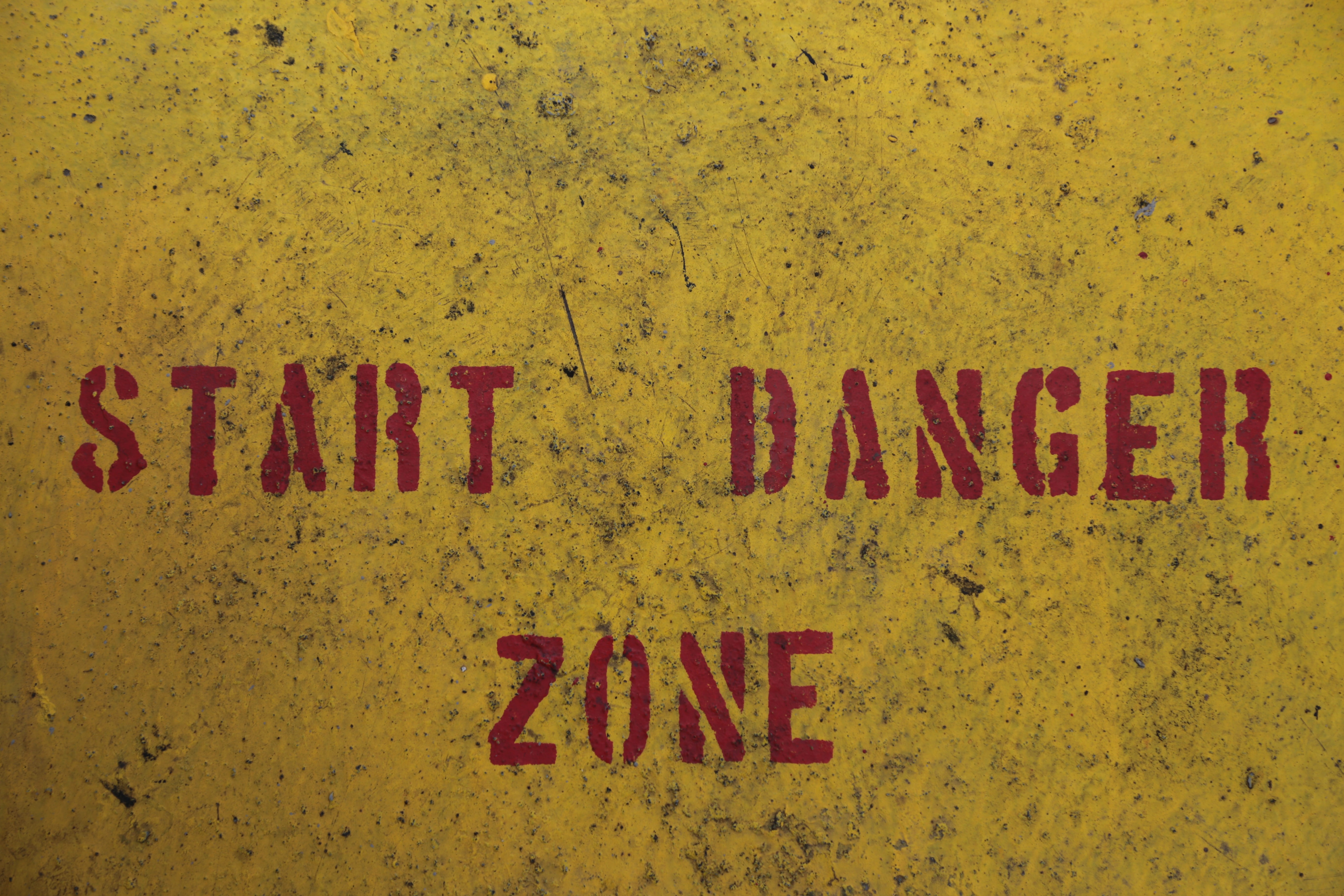Published in Project Management

Olivia Lee
Software Engineering Project Manager
August 20, 2023
Project Nightmares: The Most Dangerous Risks Hiding in Your Projects!
Learn about the distinct categories of project risks, from known and identified risks to unexpected and unidentified ones. Understand how these risks can impact your project's trajectory and explore strategies to effectively manage and mitigate them.
In the realm of project management, understanding the nuanced landscape of risks is essential for ensuring successful project outcomes. Risks can stem from various sources and impact different aspects of a project. As projects unfold, they encounter a variety of challenges that can either hinder progress or serve as opportunities for growth. Risk management methodologies need to be understood and implemented. This article is dedicated to dissecting the diverse types of risks that projects often face, shedding light on the complexities and potential impacts they can have on the project's trajectory.
Risks may either be known or unknown. Known and unknown risks are general categories that capture the level of awareness and predictability of risks within a project. Here's how these categories are defined:
Known Risks (Identified Risks): Known risks are those that have been recognised, analysed, and documented during the project planning and risk assessment phase. These risks are typically included in the project's risk register, and mitigation strategies are developed to address them. Known risks can be categorised further based on their sources, impacts, and likelihood of occurrence.
Examples of known risks include:
Technical issues with a new software implementation.
Supplier delays due to historical performance data.
Regulatory changes that have been anticipated.
Rain delays to construction in winter.
Unknown Risks (Unidentified Risks): Unknown risks are risks that are not identified or considered during the project planning stage but emerge unexpectedly during the course of the project. These risks can catch the project team off guard and may not have specific mitigation plans in place.
Examples of unknown risks include:
A sudden change in market demand for the project's product.
New technology vulnerabilities that were not previously recognised.
Unexpected legal or regulatory challenges that were not foreseen.
Unplanned large scale labour shortages.
It's important to note that while unknown risks are not explicitly accounted for in the project plan, a good risk management process includes techniques for dealing with unforeseen risks as they arise. This might involve continuously monitoring the project environment, maintaining open communication among team members, and having a contingency plan in place to address unexpected challenges.
Additionally, over time, some unknown risks may become known risks as they are identified and incorporated into the risk management process. This highlights the dynamic nature of risk management, where risks can evolve and change as the project progresses.
Here are some common categories of risks that could occur in projects:
Project Scope Risks:
Scope Creep: Uncontrolled expansion of project scope beyond the original requirements.
Incomplete Requirements: Inadequate or unclear project requirements that can lead to scope gaps or misunderstandings.
Changes in Project Objectives: Changes in project goals or objectives that can affect project focus.
Schedule Risks:
Time Delays: Unforeseen events that lead to project timeline disruptions.
Resource Constraints: Limited availability of necessary resources such as skilled personnel or equipment.
Budget Risks:
Cost Overruns: Unexpected increases in project costs beyond the budgeted amount.
Inaccurate Cost Estimations: Underestimating project expenses, leading to budget shortfalls.
Technical Risks:
Technology Obsolescence: Risks associated with using outdated or unsupported technologies.
Integration Challenges: Difficulties in integrating different systems, components, or technologies.
Quality Risks:
Defects and Bugs: Errors in deliverables that affect their quality and functionality.
Non-Compliance: Failure to meet quality standards, regulations, or industry requirements.
Resource Risks:
Skill Shortages: Lack of skilled personnel or expertise required for project tasks.
Resource Constraints: Limited availability of key resources, such as equipment or materials.
Communication Risks:
Poor Communication: Inadequate or unclear communication among team members, stakeholders, or project management.
Misunderstandings: Misinterpretation of project requirements or expectations due to communication gaps.
Stakeholder Risks:
Stakeholder Conflicts: Disagreements or conflicting interests among project stakeholders.
Unengaged Stakeholders: Lack of interest or involvement from key stakeholders.
Environmental Risks:
Natural Disasters: Events like earthquakes, floods, or hurricanes that can disrupt project activities.
Climate Change: Changes in environmental conditions that affect project operations.
Market Risks:
Market Fluctuations: Changes in market conditions that impact project viability or profitability.
Competitive Pressures: Actions by competitors that affect the project's market positioning.
Legal and Regulatory Risks:
Legal Compliance: Risks associated with failing to comply with laws, regulations, and contractual obligations.
Intellectual Property Issues: Legal disputes related to intellectual property rights and ownership.
Financial Risks:
Funding Shortfalls: Insufficient budget or financial resources to support project activities.
Economic Factors: Changes in economic conditions that affect project costs, funding, or outcomes.
Security Risks:
Data Breaches: Unauthorised access or theft of sensitive project data.
Cyberattacks: Malicious attacks on project systems or networks.
Health and Safety Risks:
Occupational Hazards: Risks associated with the health and safety of project team members and stakeholders.
Emergency Situations: Unforeseen emergencies that can disrupt project activities.
Political and Regulatory Risks:
Government Policies: Changes in government policies or regulations that impact project operations.
Political Instability: Political events that affect the project's operating environment.
These are just some of the many types of risks that can occur in projects. A comprehensive risk management strategy involves identifying risks specific to the project's context, assessing their potential impact, and developing appropriate responses to address or mitigate them.


